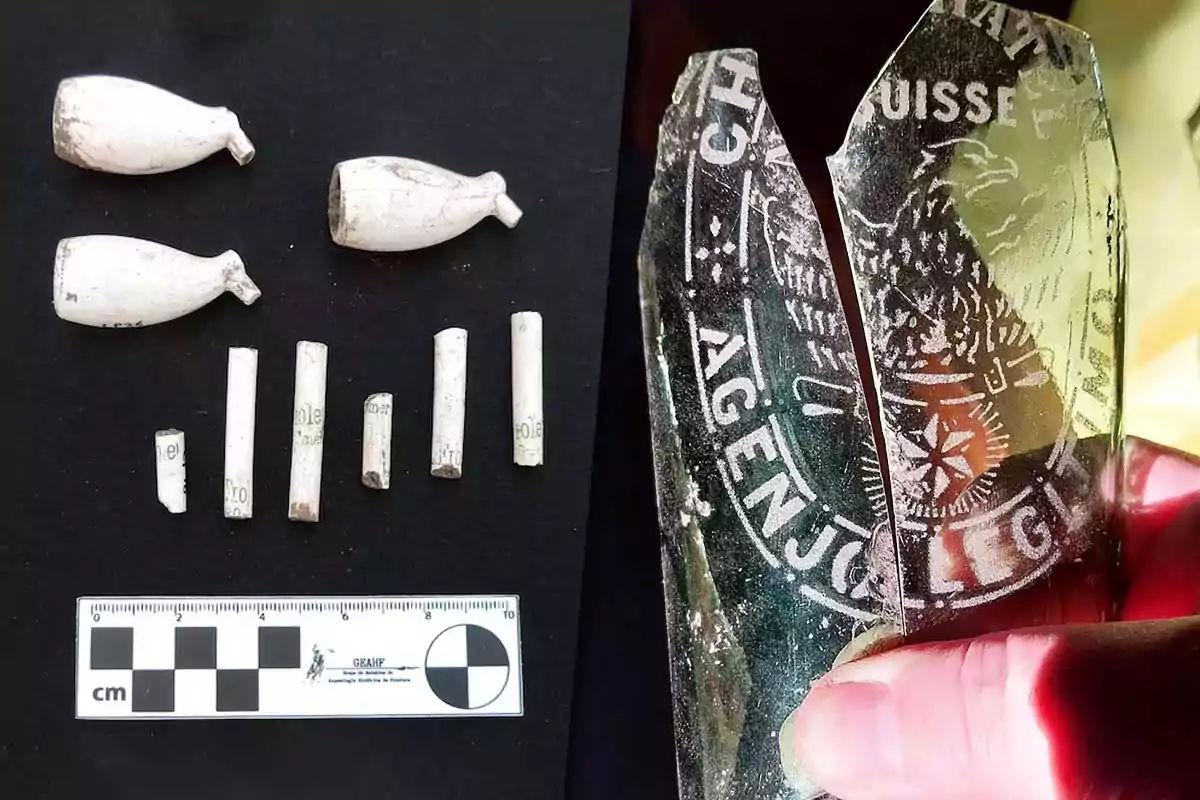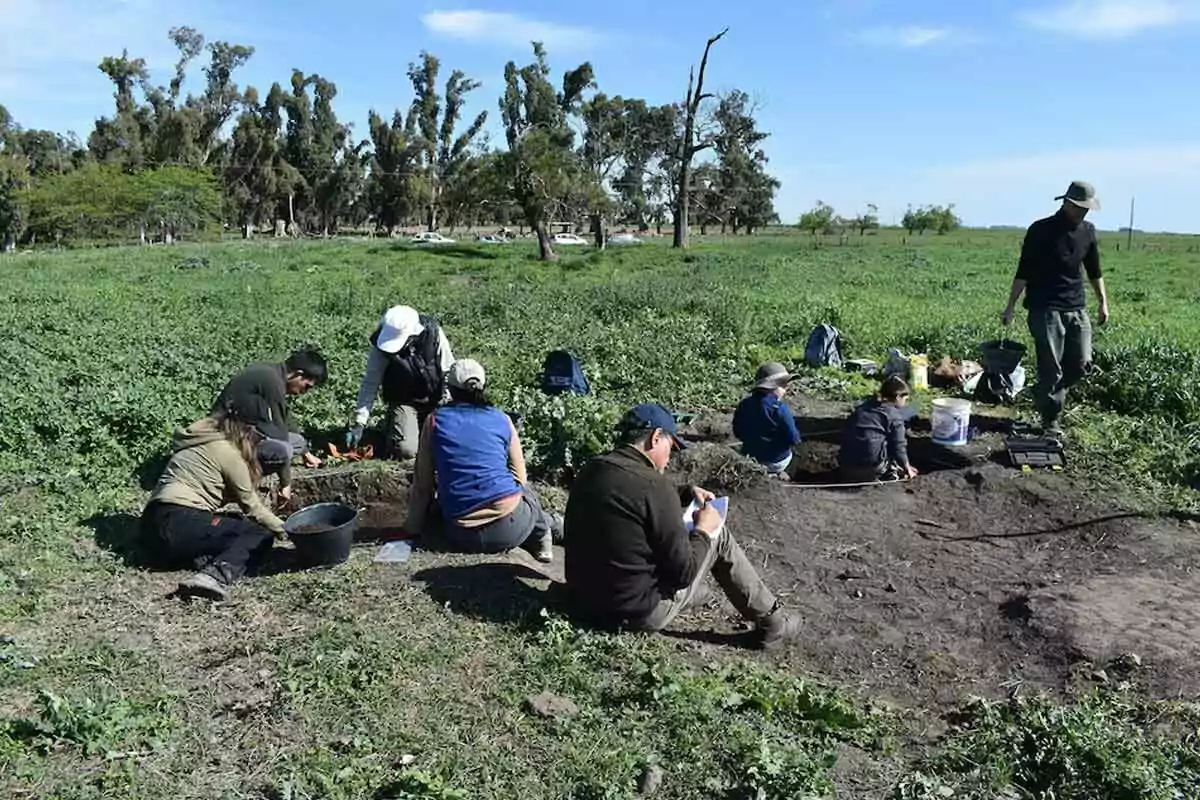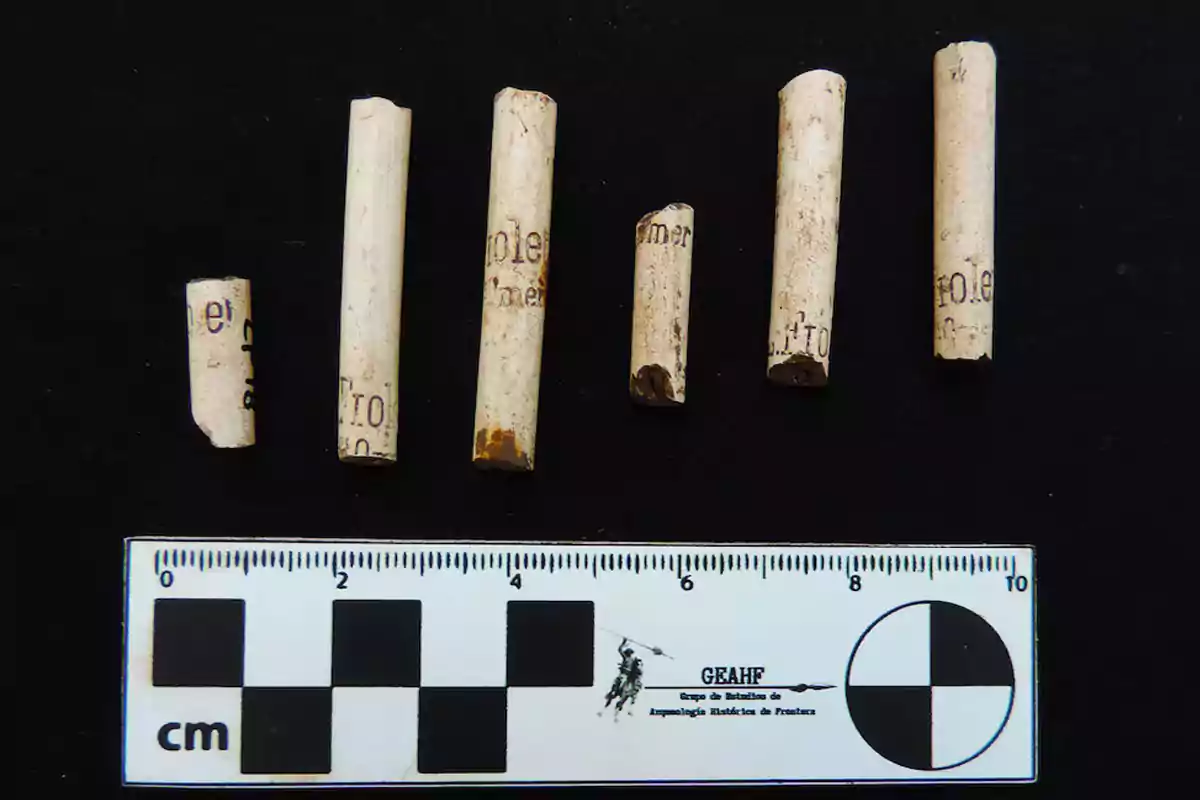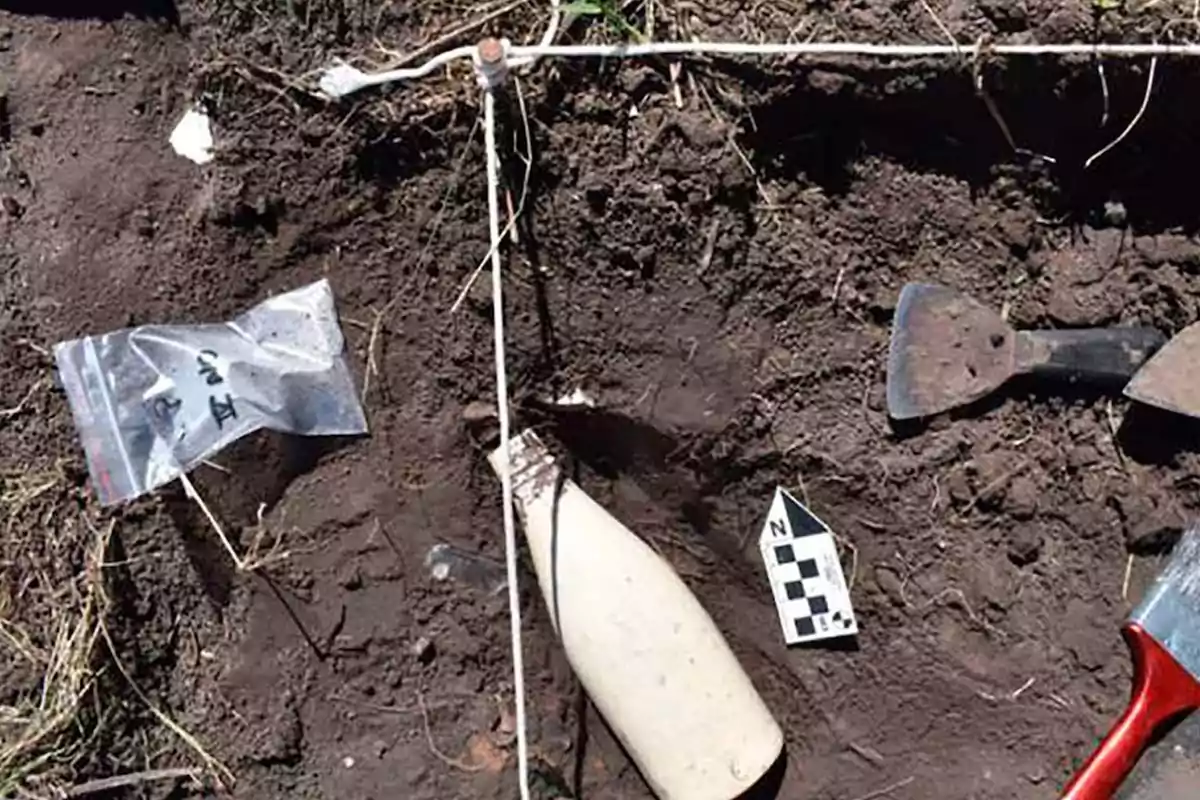
French sunflower seeds and secrets of a historic general store in the Buenos Aires pampas
An archaeological discovery in Rauch reveals French pipes and objects that reconstruct rural life in the 19th century
In the Buenos Aires pampas, an archaeological discovery surprised experts. In just five square meters, French clay pipes appeared that until now had only been seen in large cities.
The discovery was made at the old general store “De la Loma Partida,” an establishment that had operated since the time of Juan Manuel de Rosas. It was a stop for wagons traveling between Buenos Aires and Tandil.

History of the Loma Partida general store
Built on a rocky crossing of the Langueyú stream, the general store supplied rural workers, soldiers, and merchants. Its original owners, the Vela brothers, had settled in the area after emigrating from the Banda Oriental.
In addition to selling wine, cane liquor, and aguardiente, they offered tobacco, yerba mate, sugar, and fabrics. The general store served as a key point until the arrival of the Ferrocarril del Sud in 1891, which marked its decline.
The archaeological discovery
The team coordinated by Facundo Gómez Romero found 305 fragments of kaolin pipes, with complete bowls and other parts. All bore the mark “L Fiolet - St Omer,” a factory in northern France active since 1761.

Archaeologists emphasize that this is a unique find, since in other rural sites only two or three pipes of this type have been found. This suggests an intense and everyday use of these objects in the general store.
The origin and use of the pipes
The pipes, long and straight at about 20 cm (7.87 inches), were inexpensive and intended for the lower classes, sailors, and slaves. Gómez Romero notes that they were probably used more by Basques than by criollos, who preferred cigars.

Bottles and English crockery for daily use were also found, reinforcing the idea that the general store was a supply center in the pampas.
The future of the site
With this discovery, there are plans to create a museum to bring together the excavated materials. Meanwhile, researchers are analyzing bowl remains to identify substances, including a type of tobacco and another element still unknown.
The excavations had support from the community and local entities, and students and specialists in archaeology and history participated.
More posts: